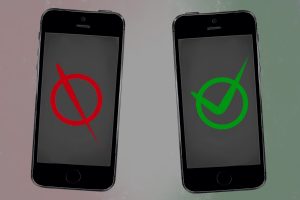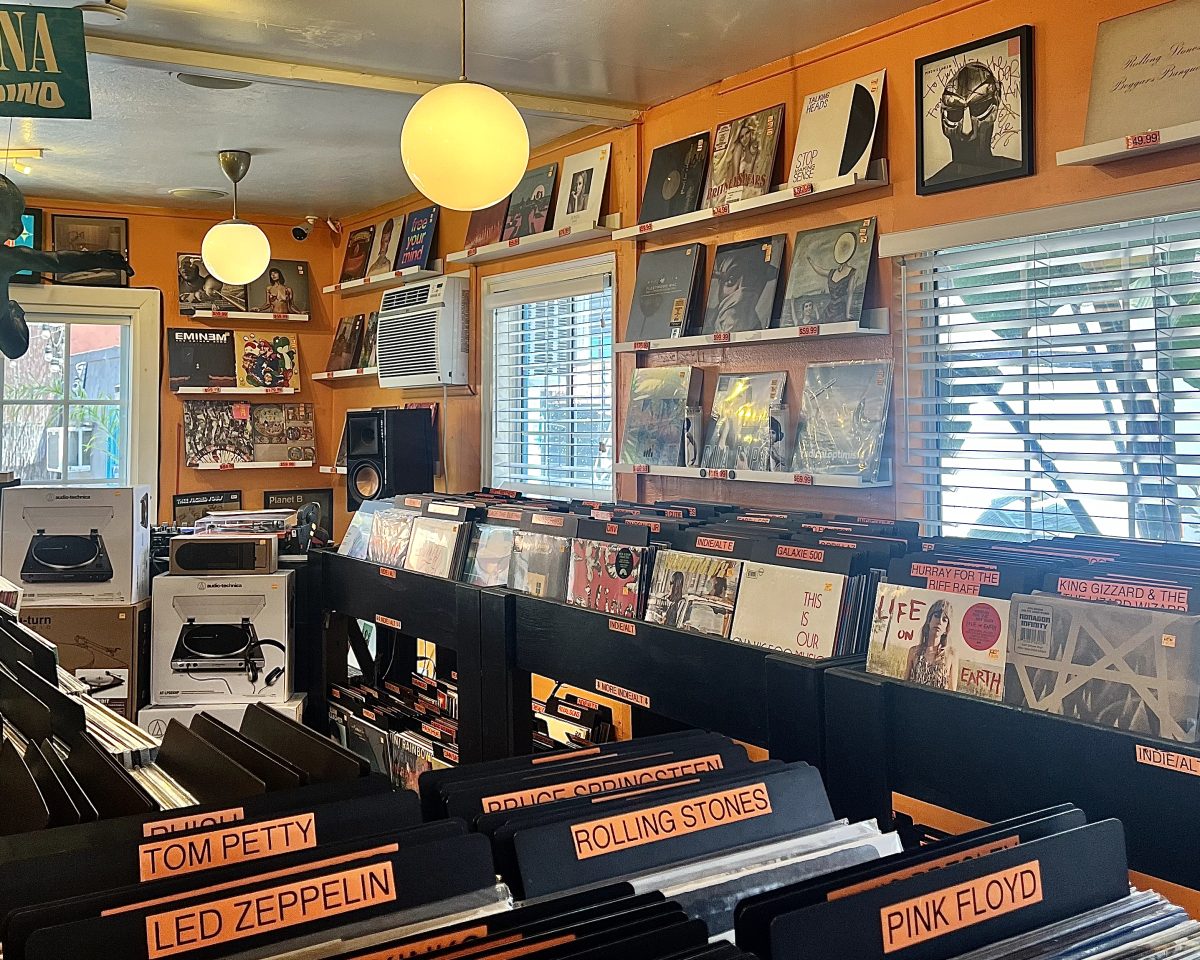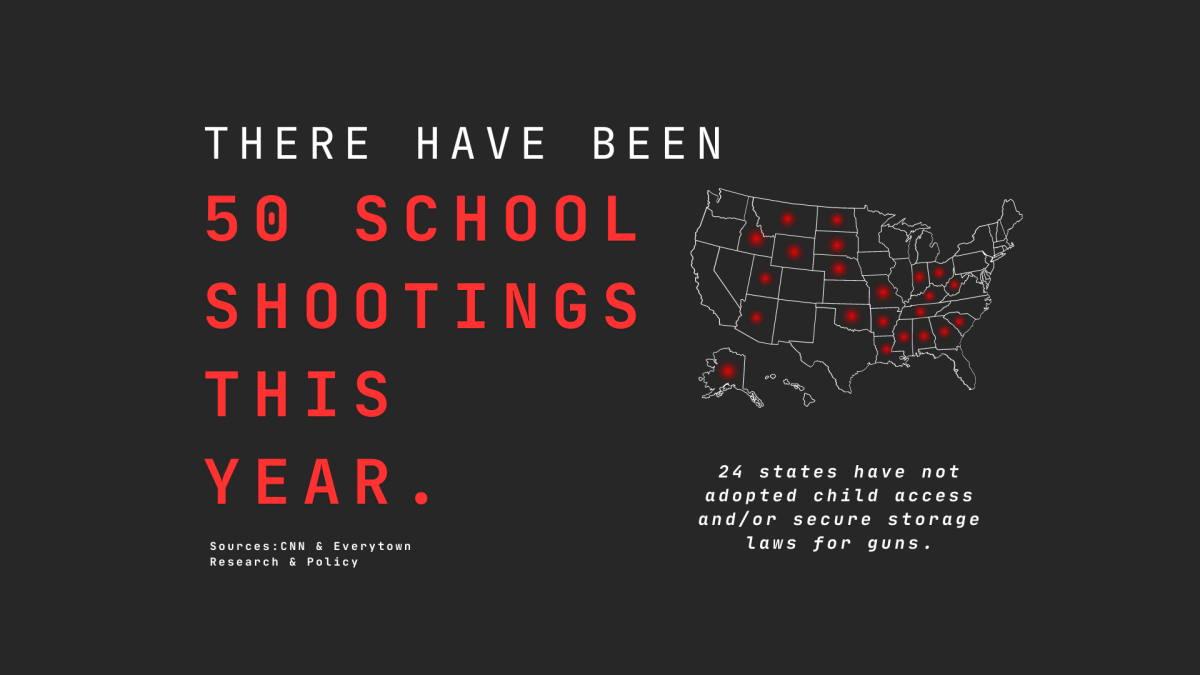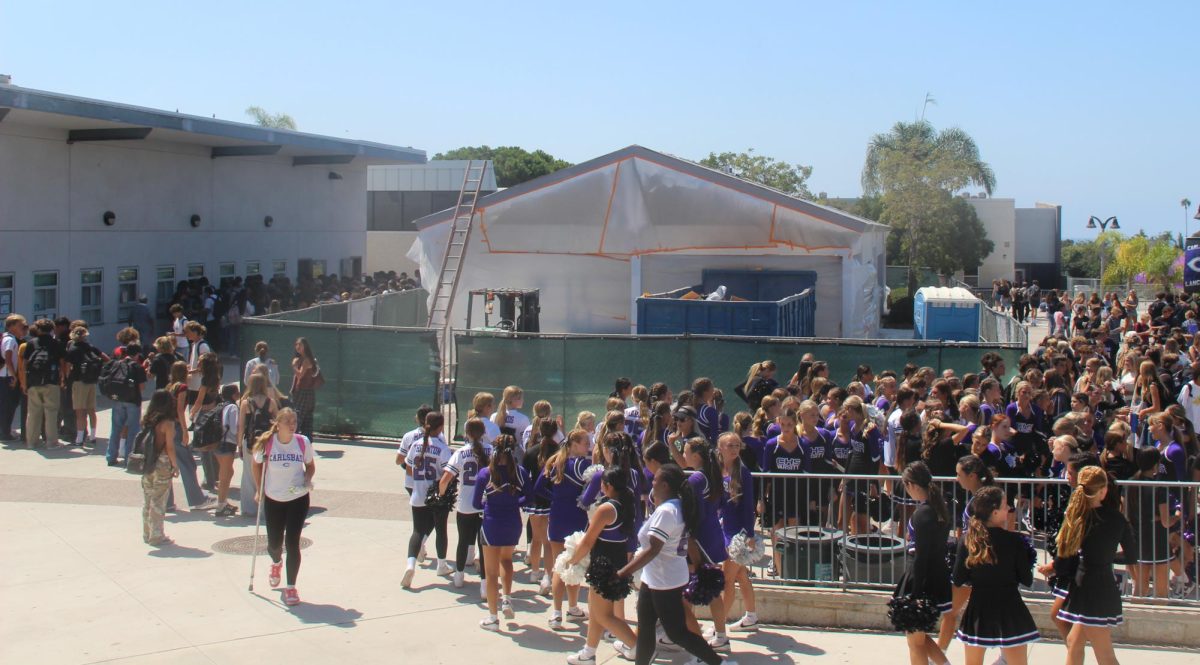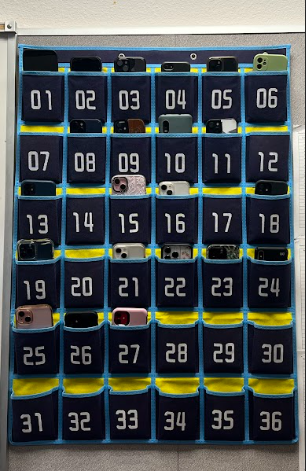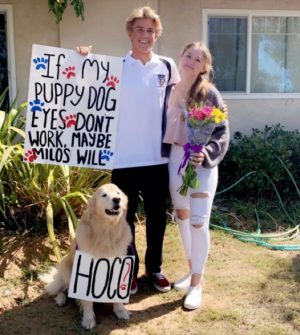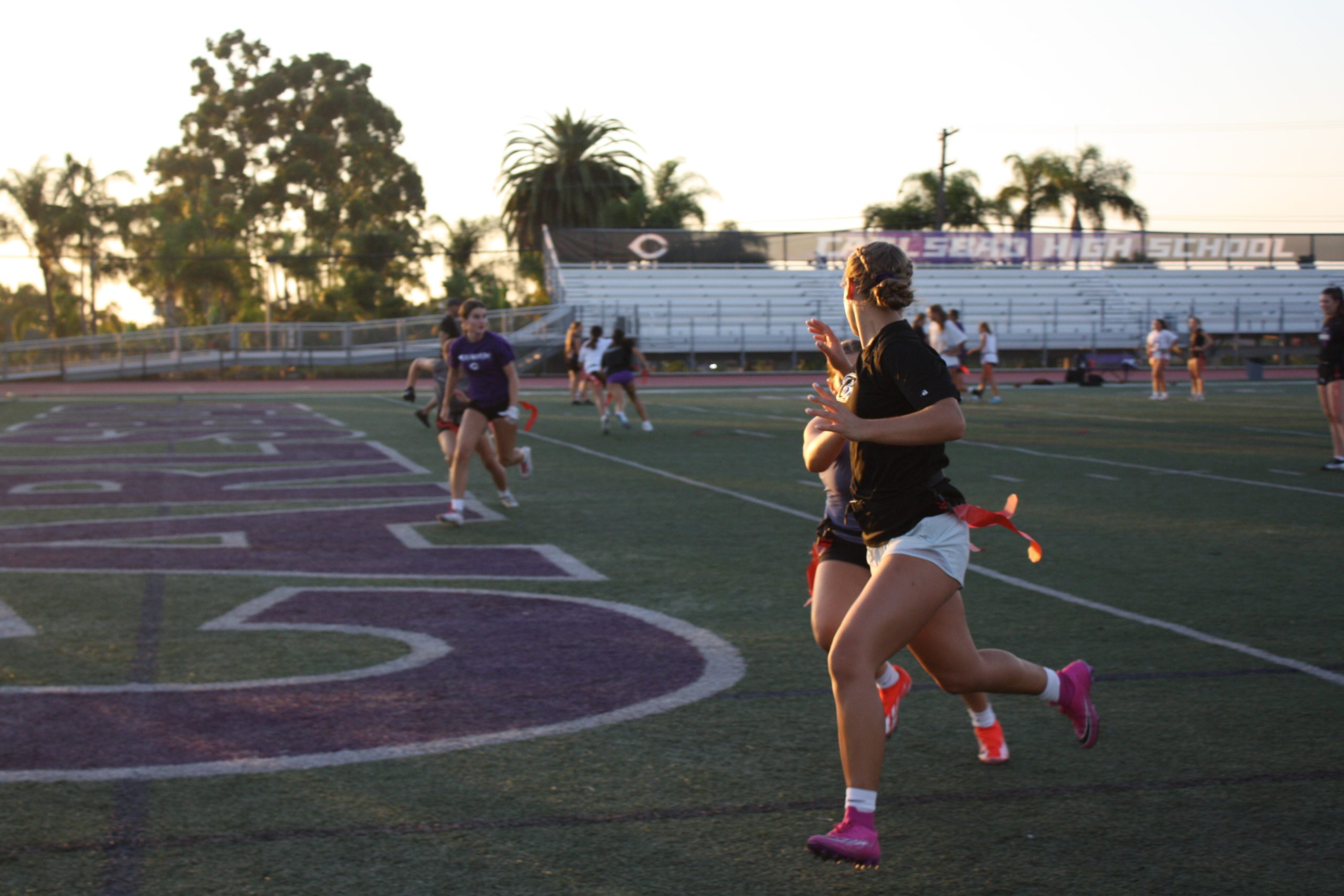CON : How Social Media is Affecting You
February 12, 2018
A multitude of the opinions about social media come from adults and doctors who have experienced and dug deeper into Instagram, Snapchat, or other means of connecting, but it is has become hard to grasp the idea of what people experience today through social media. Millions of articles, studies, and experiments have reached the world explaining the substandard reactions teens experience from dozens of different social media programs today.
Social media has become an outlet for free expression. With time, Instagram, Snapchat, Facebook and others have allowed for freedom within their users, which occasionally has led to thoughtless posting and commenting within users. Social media has created buzz within the community of parents and doctors who have looked into the actuality of media platforms. Studies and opinions have flooded the community explaining how substandard social media is, and yet the amount of users who obtain some form of social media has continued to grown substantially over the years.
“Three billion people, around 40% of the world’s population, use online social media – and we’re spending an average of two hours every day sharing, liking, tweeting and updating on these platforms, according to some reports. That breaks down to around half a million tweets and Snapchat photos shared every minute.” said BBC News
Social media has taken turns to help allow people to share stories and images with followers and friends and also gives opportunity to businesses through branding and sharing. However, an issue that continues to seize places in magazines, articles and on television are some of the harsher facts on how social media affects people negatively. Most teens spend one-third of the day on social platforms accumulating to 9 hours a day and as teens, that age grouping accumulates to 76 percent of American teens age 13-17 using social media. Links to cell phones and social media have brought about studies relating these two things to teen and young adult depression. Media companies have utilized the human brain’s natural reactions to help boost their individual platforms.
“…When people spend time away from their phones, their brain signals the adrenal gland to produce a burst of the hormone cortisol. Cortisol triggers a fight-or-flight response to danger, and while it may have made primitive man hyper aware of his surroundings for safety, today it compels us to check our phones,” said Anderson Cooper.
Heavy use of technology and smartphones creates an atmosphere that draws the brain in. Dopamine has been a culprit in activating the pleasure centers of brains when social media is in use. Software in smartphones creates an addiction when social media is being used. Dopamine seeks out things that make your brain happy. Social media triggers that when, for instance, the “buzz” or “ding” makes a sound on phones, sending the brain singles to check it. On Instagram, the “like” button creates this too. More “likes” make more dopamine, which makes the draw and desire to get more “likes” plusable and occasionally irresistible to some people.
“Dopamine causing you to experience pleasure, the latest research shows that dopamine causes seeking behavior. Dopamine causes you to want, desire, seek out, and search. It increases your general level of arousal and your goal-directed behavior.” Psychology Today
Lives are being taken at the expense of social media. Social media affects people especially youth in such a way that creates an environment that makes them feel terrible about themselves. People are free to post and comment whatever they want and while it may benefit some causes, it fails to do so in others. As social media continues to consume the minds of youth, the problem will continue to be there if there is no solution.



